With the Pixel 6a only a number of weeks away from making its presence felt in people’s hands, it’s inevitable that comparisons will be made to current mid-range competitors in the market, especially as buyers try and gauge the pros and cons of going with different handsets and price ranges. One example would be Samsung’s “A” series devices, which have been one of the company’s more popular smartphones due to their mostly affordable prices.
With that said, the Pixel 6a will arrive in a market populated by mid-rangers such as the Samsung Galaxy A53, which comes packed with some great features like a 120Hz AMOLED screen, a 5000 mAh battery, and more. So for this one, let’s take a look at the two devices, as we compare some key differences.
Design and Screen
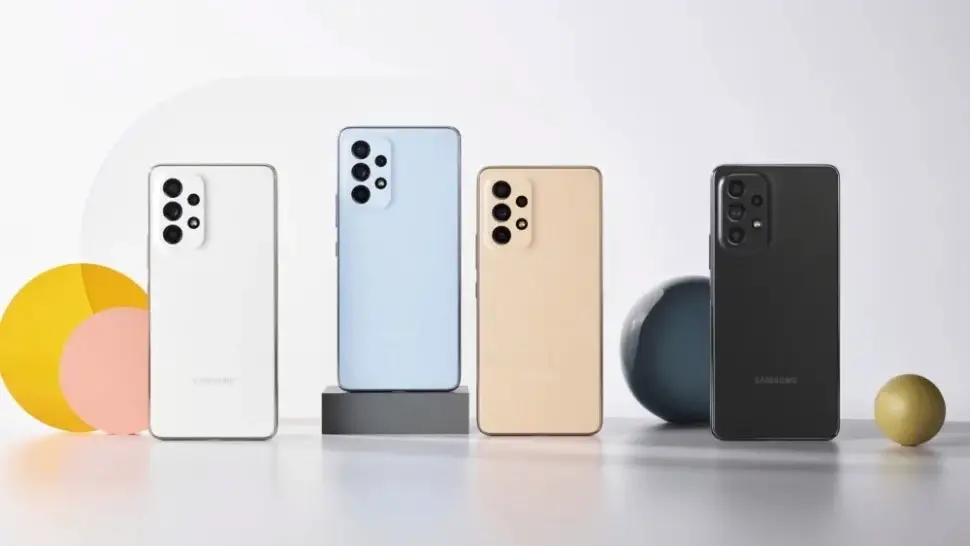
Let’s start off with what’s on the outside – the Pixel 6a and Galaxy A53 are two very different-looking handsets. While they do feature a similar look on the front thanks to the centralized hole-punch camera and rectangular design, the rest of their external styling is rather different.
Samsung’s 2022 mid-ranger takes a similar design approach to the rest of the company’s Android phones, featuring a matte texture on the rear panel, surrounded by a frame with a shinier polycarbonate surface, and a camera module that closely resembles what we’ve seen on Samsung’s recent flagship devices. The phone also comes in Blue, Black, White, and Peach colors.
![]()
On the other hand, Google’s Pixel 6a takes after the Pixel 6 and 6 Pro series, and comes with a very similar-looking design, save for the somewhat slimmed-down camera bar at the back. While it does feature a glossy plastic rear, it also comes with a metal side-railing that goes around the edges of the phone and the camera window. The phone is available in sage, Chalk, and Charcoal.
As for display quality, the Galaxy A53 comes with a 6.5-inch Super AMOLED display with a 120Hz refresh rate, which in terms of smoothness and fluidity outshines the smaller 6.1-inch OLED panel on the Pixel 6a, which unfortunately only comes with 60Hz. In a market that’s flooded by smartphones with 120Hz displays, it’s an interesting decision on Google’s behalf to use a standard refresh rate on the small display.
In addition, the Galaxy A53 comes with Gorilla Glass 5 protection, which is a step-up over the older Gorilla Glass 3 technology found on the Pixel 6a.
Processing Power and Software
Perhaps an area where the Pixel 6a trumps the Galaxy A53 is with its chipset. The two phones feature first-party chipsets developed by their respective companies – the Pixel 6a comes with Google’s Tensor chip, while the Galaxy A53 is equipped with Samsung’s Exynos 1280. Both 5nm chipsets are relatively “new” so to speak, as the Tensor debuted in late 2021 on the Pixel 6 series, while the Exynos 1280 was first seen on the Galaxy A53 and A33 handsets. Additionally, both chipsets work with 6GB of RAM, which isn’t exactly a small amount of memory, so to speak.
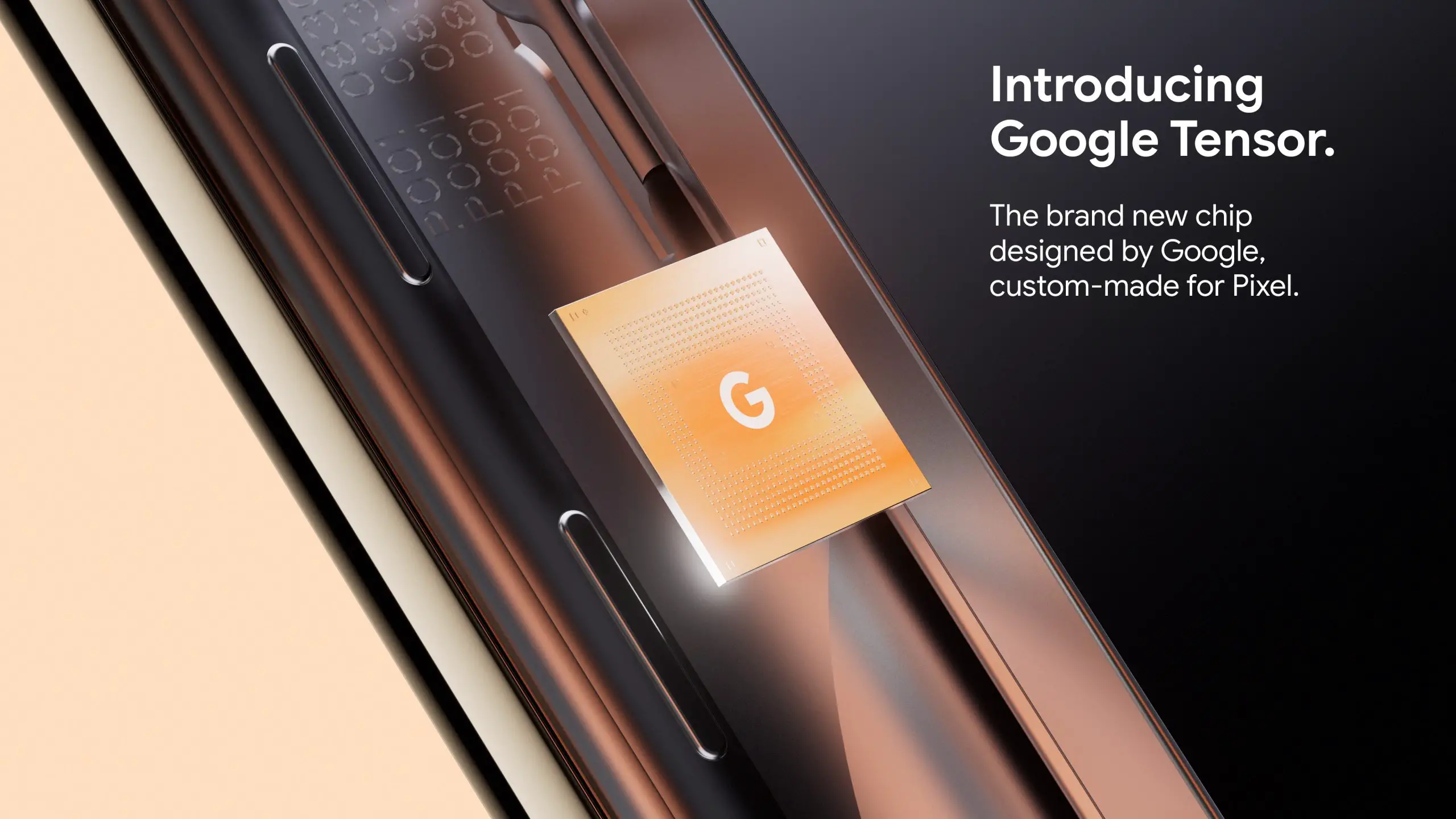
From a performance standpoint, the Tensor chip does out-perform the 1280, given that it was responsible for powering the Google Pixel 6 and 6 Pro. While the Exynos 1280 in comparison isn’t a terrible performer, it’s clearly designed for midrange performance. If Geekbench scores are anything to go by, it should be noted that the Google Tensor received a single-core score of 1045 and a multi-core score of 2869, which out-classes the 1280’s single-core score of 721 and multi-core score of 1879, respectively.
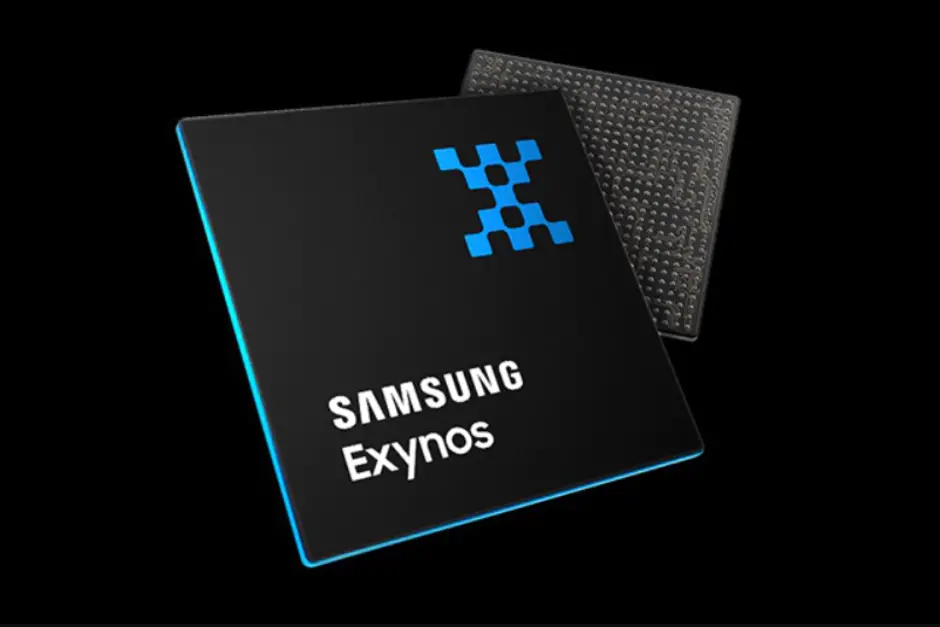
Another factor to consider though is the built-in software – the slower Exynos 1280 will have to power through Samsung’s One UI interface, which isn’t exactly the cleanest, most bloat-free version of Android out there. Meanwhile, the Google Tensor chip will most likely breeze through the Pixel’s cleaner user interface, although this goes without saying that Google’s Pixel software still needs a bit of cleaning from occasional bugs and issues.
Software and UI
Speaking of software, there are considerable differences with regards to how Samsung and Google approach Android as an operating system. Simply put, Google’s Pixel phones run a “cleaner” Android interface – this means no additional third-party applications, and all the software and features you get are straight from Google. Since there’s no bloatware, the phone runs smoothly overall.
On the other hand, Samsung puts its own spin on Android through its “One UI” user interface. While all of the necessary Google services needed to run Android are there in the background, the animations, colors, icons, and functionality for example, are a bit different. Samsung essentially takes Android and its software features, and adds a signature “Samsung look” to them – everything from the fonts to the wallpapers has been modified.
For example, while you can take screenshots on the Pixel through the multi-tasking menu, Samsung will let you take a screenshot by swiping your hand from the side of the display. It’s these subtle changes that give each phone their identity. Of course, this is all a subjective matter, and personal preferences will no doubt be the biggest judge here.
Battery
In terms of battery capacity, the Galaxy A53 has an advantage over the Pixel 6a with the large 5,000 mAh capacity, versus the latter’s 4,410 mAh battery unit. Given the less-powerful processing power, the battery should ideally be able to last a pretty long time before needing a recharge. However, there’s also the fact that the phone comes with a 120Hz display, which tends to affect battery performance.
Interestingly enough, the Pixel 6a takes things the other way around by offering a lower refresh rate display paired with a powerful processor. Pixel’s A-series phones are known for their battery efficiency, and having experienced this first-hand, I’m definitely looking forward to see how the 6a performs when it comes to battery longevity.
The Galaxy A53 also supports 25W fast-charging, which is faster than the Pixel 6a’s 18W fast-charging capability.
Cameras
On a strict hardware basis, the Samsung Galaxy A53 has the Pixel 6a beat. The phone features a quad-camera array at the back, with a 64 MP, f/1.8 main sensor, a 12 MP, f/2.2 ultrawide lens, a 5 MP, f/2.4 macro lens, and 5 MP, f/2.4 depth sensor. The front of the device meanwhile comes with a 32MP front-facing camera for selfies and video calls.
If we were to base camera quality solely on megapixel count, then the Galaxy A53 is a very capable device. The four cameras certainly provide for a lot of variety and versatility when it comes to mobile photography, and Samsung has proven that its camera quality has improved especially with its newer devices – in particular, video footage on Samsung phones tends to look terrific.
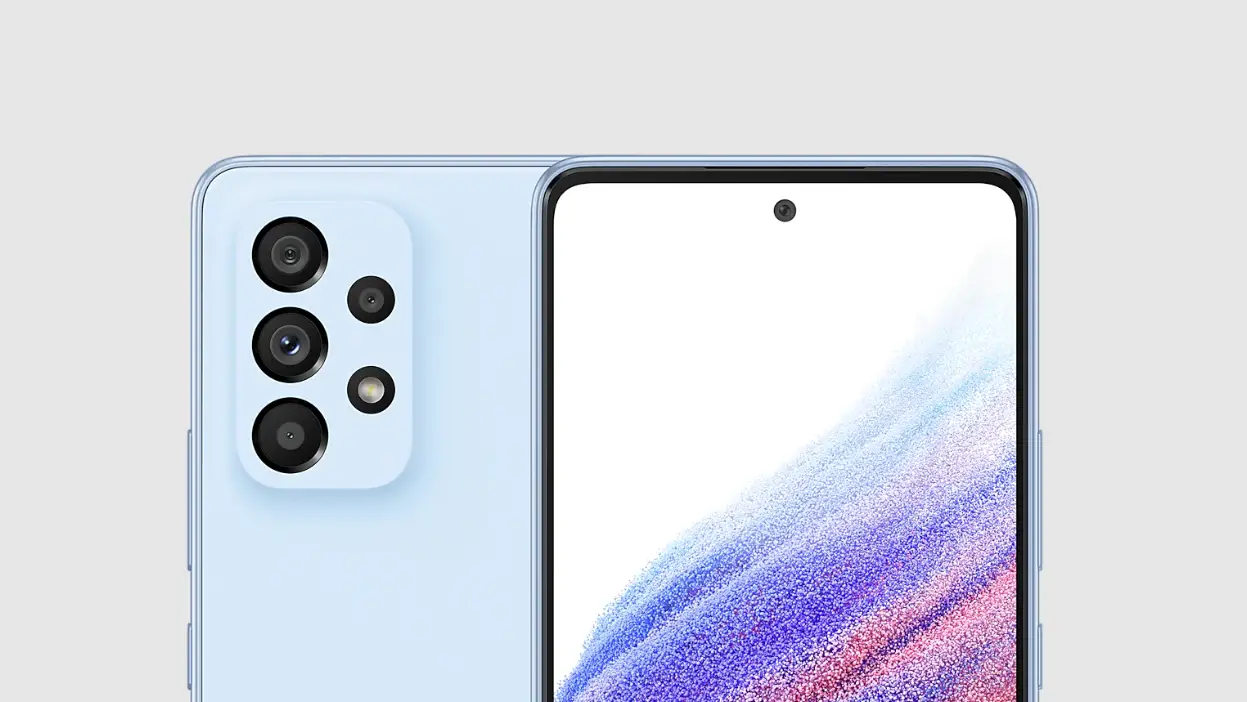
On the other hand, the Pixel 6a settles for a more “humble” hardware set-up. You get a dual-lens set-up at the back, with a 12.2MP main camera and a 12MP ultrawide lens, and an 8MP front camera embedded in a hole-punch display.
Don’t let this fool you, though. Google’s mastery of computational photography makes up for the lack of megapixels, as we’ve seen before on previous Pixel A-series devices like the Pixel 3a, 4a, and such. Special photo modes like Night Sight, Portrait Mode, and more make for a very user-friendly mobile photography experience, and you’d be surprised how good the Pixel processes pictures despite the low megapixel count.
![]()
As far as cameras go, it boils down to the question of whether you’re after raw hardware specs, or image processing capabilities.
Price and Availability
Both the Pixel 6a and Galaxy A53 have the same retail price of $449 in the United States. As we mentioned earlier in this article, a lot of the choices regarding these two devices will depend on personal needs and preferences, such as display quality, battery size, performance, and more.
It’s clear that both phones win over the other in some aspects, with their own and strengths and weaknesses, and people looking to make the jump from Samsung to Google, or Google to Samsung, or from an entirely different brand altogether, will have to decide if they can leave behind what made them stick with their preferred brands in the first place.
What do you think? Is the Google Pixel 6a the mid-ranger one to get this year, or is the Galaxy A53 an overall better device? Let us know in the comments below.

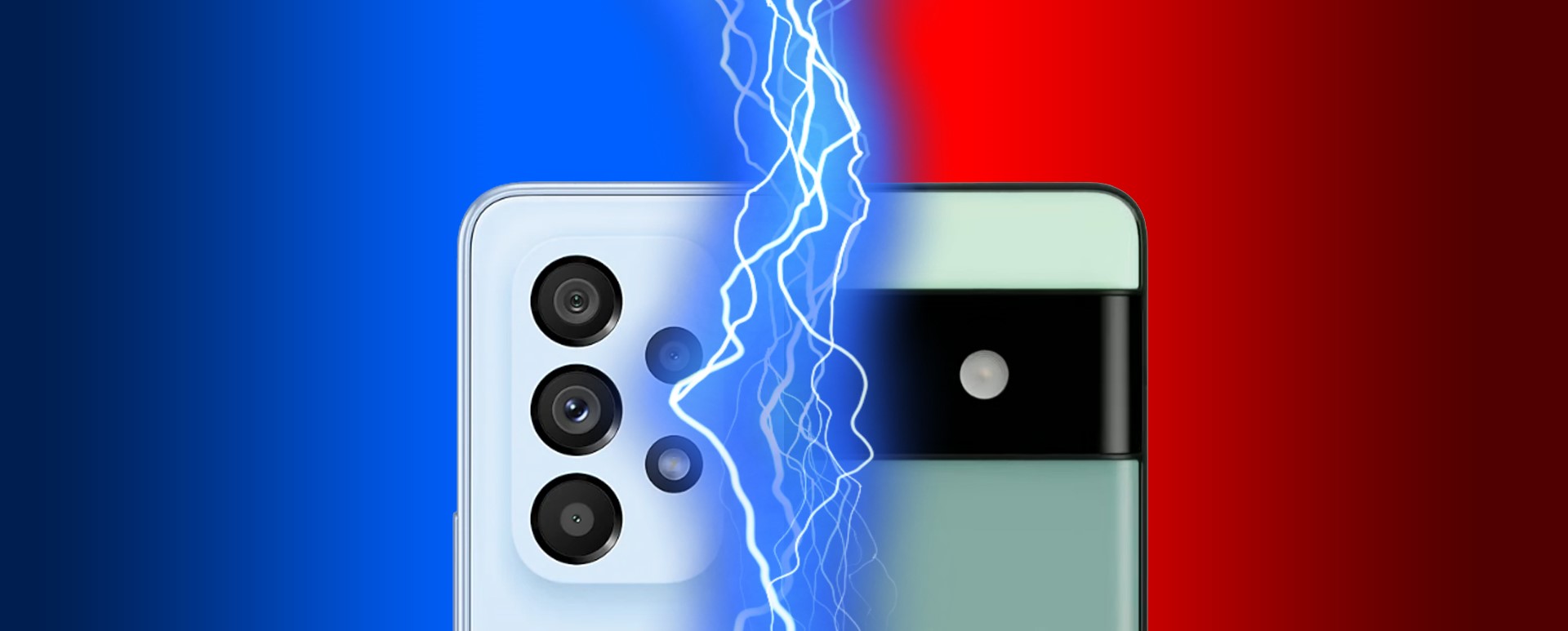
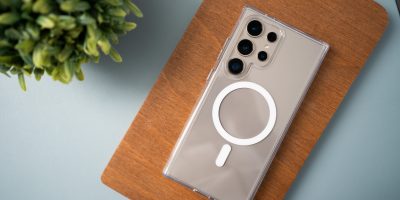


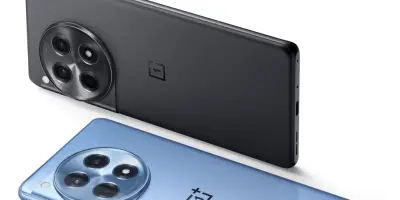
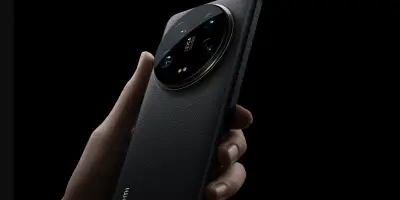
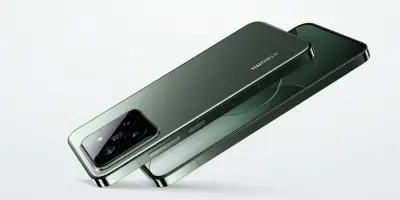



Comments